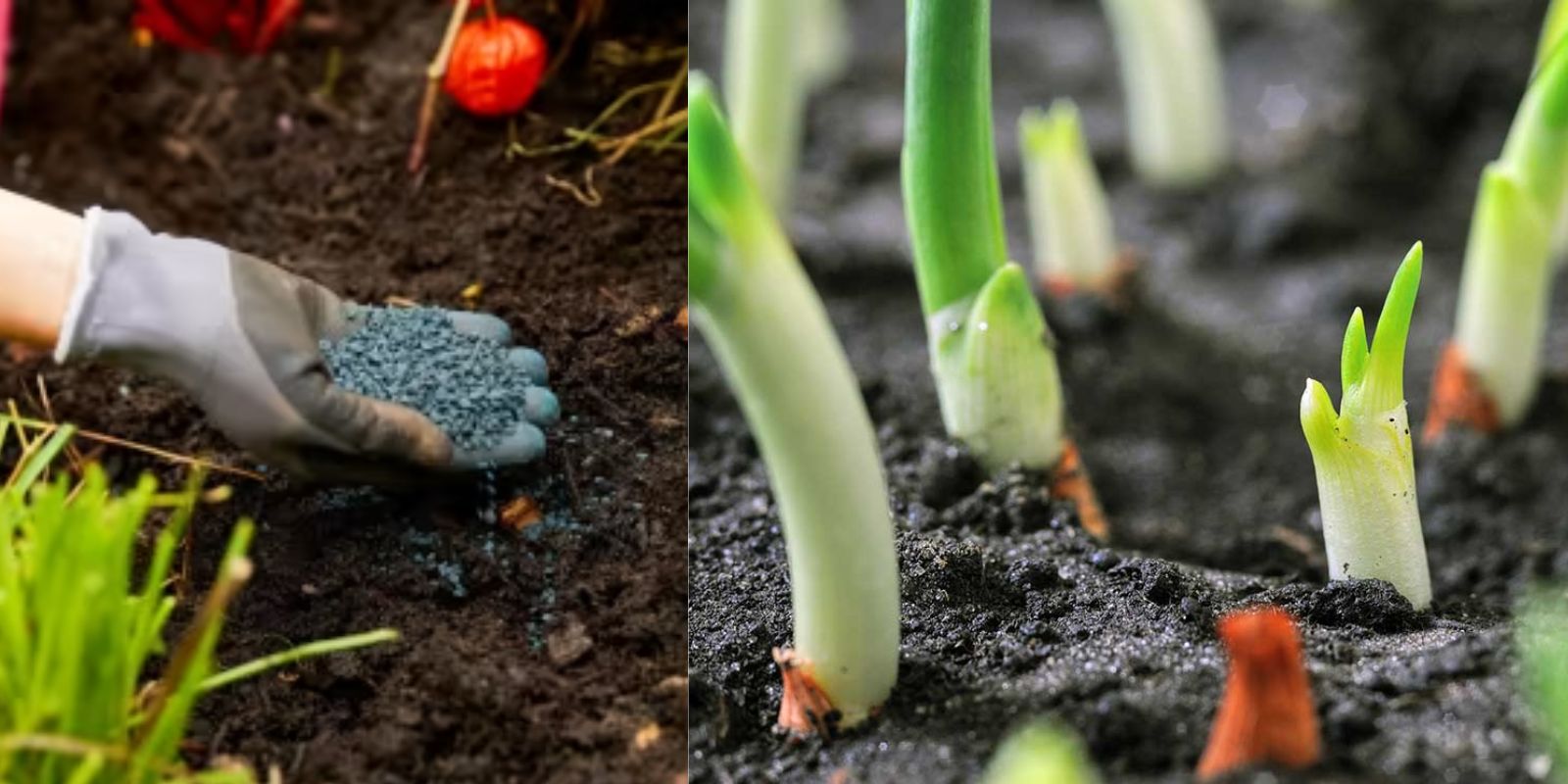Growing healthy and productive vegetable plants requires more than just sunlight and water; it also depends on proper nutrition. Fertilization is key to ensuring that your plants get the nutrients they need at each stage of their growth. Understanding how to apply fertilizer correctly at different growth stages can make the difference between a bountiful harvest and a lackluster one. This comprehensive guide will help you navigate the world of vegetable fertilization, ensuring that your garden thrives from seedling to harvest.
1. Understanding Vegetable Growth Stages
Vegetable plants undergo several distinct stages of growth: seedling, vegetative, flowering, and fruit development. Each stage has specific nutritional requirements that can be met with targeted fertilization strategies. By aligning your fertilization practices with these stages, you can optimize plant health and productivity.
2. Seedling Stage: Foundation for Strong Growth
Fertilizer Choice: At the seedling stage, plants are focusing on establishing their roots and early foliage. Use a balanced, all-purpose fertilizer with equal parts nitrogen (N), phosphorus (P), and potassium (K), such as a 10-10-10 formula. This ensures that the young plants receive a well-rounded mix of nutrients.
Application Tips: Lightly apply the fertilizer to the soil around the seedlings, following the manufacturer’s recommendations for dosage. Over-fertilizing at this stage can harm young roots, so it’s better to start with a lower concentration.
Purpose: Balanced fertilizers support overall plant development, promoting healthy root systems and vigorous early growth. This foundation is crucial for future stages of development.
3. Vegetative Growth: Building Strength
Fertilizer Choice: As your plants enter the vegetative growth phase, they require more nitrogen to support robust foliage and stem development. Choose a fertilizer with a higher nitrogen content, such as a 20-10-10 formula. Nitrogen helps promote leafy growth, which is essential for capturing sunlight and driving photosynthesis.
Application Tips: Apply the fertilizer to the soil around the base of the plants. Ensure even distribution and avoid direct contact with plant stems to prevent fertilizer burn. Follow the recommended application rates to avoid over-fertilization.
Purpose: Increased nitrogen levels support strong plant structure and leaf development, preparing your vegetables for the next growth stage and optimizing their ability to absorb sunlight and nutrients.
4. Flowering Stage: Encouraging Blooms and Fruit Set
Fertilizer Choice: When plants begin to flower, their nutritional needs shift towards phosphorus to support blooming and fruiting. Use a fertilizer with a higher phosphorus content, such as a 10-20-10 formula. Phosphorus is crucial for flower and fruit development.
Application Tips: Apply the phosphorus-rich fertilizer according to the package instructions, focusing on the soil around the plant’s root zone. Avoid excessive application, as too much phosphorus can lead to nutrient imbalances.
Purpose: Adequate phosphorus ensures strong flower and fruit development, leading to a more abundant and successful harvest. This stage is critical for setting the stage for fruit production.
5. Fruit Development: Strengthening and Ripening
Fertilizer Choice: During fruit development, a balanced or potassium-rich fertilizer helps strengthen the fruit, enhance flavor, and improve overall plant health. A fertilizer with a higher potassium content, such as a 10-10-20 formula, can be beneficial.
Application Tips: Apply the fertilizer to the soil around the plants, ensuring even coverage. Avoid getting fertilizer on the fruit itself to prevent potential contamination.
Purpose: Potassium aids in fruit development and ripening, leading to healthier and more flavorful produce. It also supports the plant’s overall resilience and disease resistance.
6. Post-Harvest: Preparing for the Next Season
Fertilizer Choice: After harvest, plants need to replenish the nutrients they have used throughout the growing season. Use a low-nitrogen fertilizer or compost to enrich the soil and prepare it for the next planting cycle.
Application Tips: Spread compost or a low-nitrogen fertilizer over the soil surface and incorporate it into the top layer of soil. This helps improve soil fertility and structure, making it ready for future crops.
Purpose: Post-harvest fertilization helps restore soil nutrients, ensuring that the soil remains fertile and productive for the next growing season. It also supports soil health and structure.
7. Best Practices for Effective Fertilization
- Read Labels: Always follow the manufacturer’s instructions for application rates and timing to avoid over-fertilizing and potential damage to plants.
- Monitor Plant Health: Regularly check plants for signs of nutrient deficiencies or excesses, such as yellowing leaves or poor growth. Adjust fertilization practices as needed.
- Soil Testing: Conduct soil tests to understand the existing nutrient levels and pH of your soil. This helps tailor your fertilization approach to meet specific soil needs.
- Watering: Ensure proper watering practices to help fertilizers dissolve and be absorbed by plant roots. Avoid applying fertilizers during heavy rainfall to prevent nutrient runoff.
Conclusion
Fertilizing vegetables at the appropriate growth stages is essential for achieving a productive and healthy garden. By understanding the specific nutritional needs of your plants from seedling through harvest, you can provide the right nutrients at the right time. This targeted approach not only enhances plant growth but also maximizes yield and quality. Embrace these fertilization strategies to cultivate a thriving vegetable garden that delivers bountiful harvests season after season.
Motivational Sentence:
Unlock the full potential of your vegetable garden by mastering the art of stage-specific fertilization. With the right nutrients at the right times, you’ll enjoy a flourishing, productive garden that’s the envy of all your neighbors!

